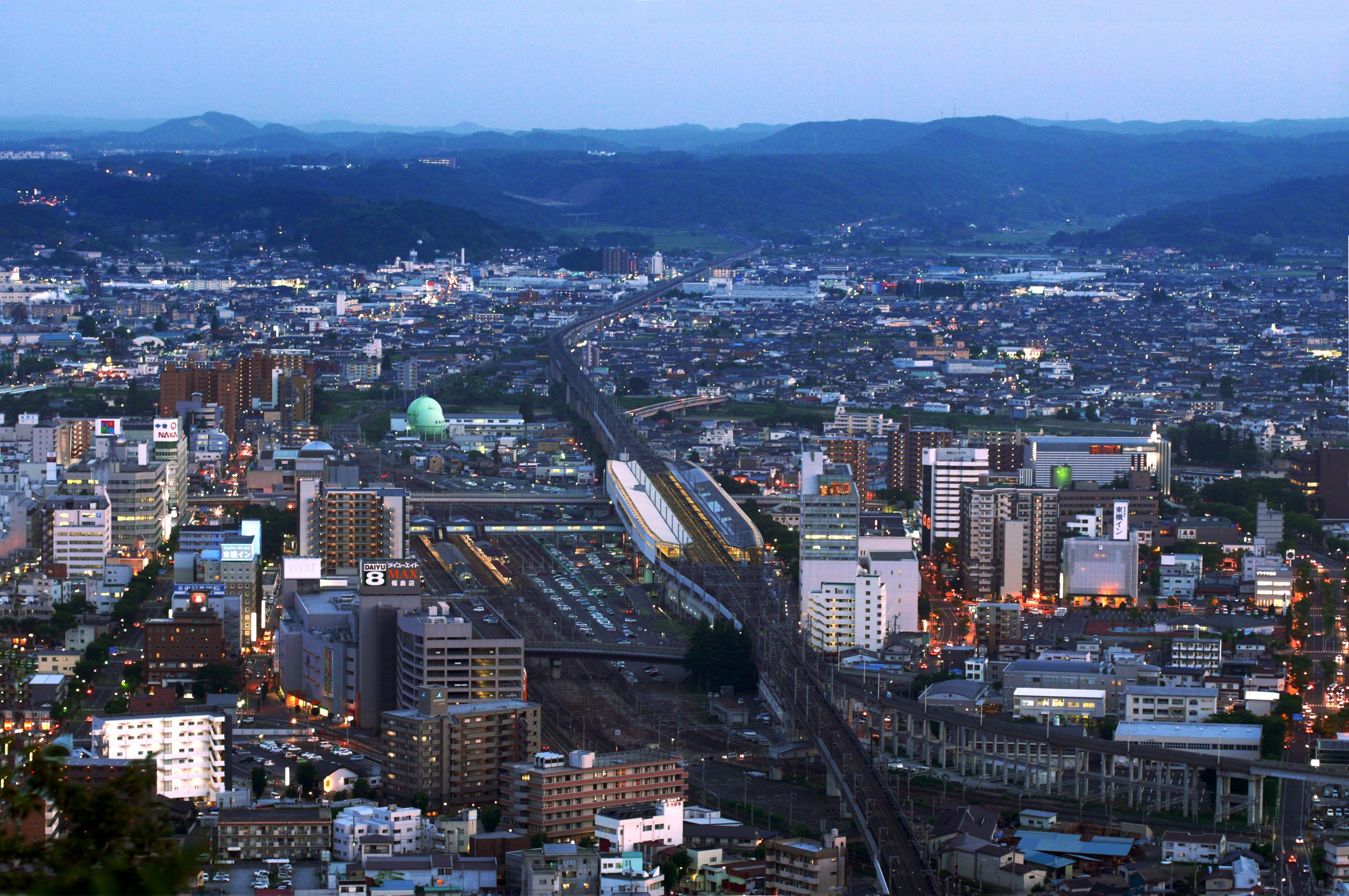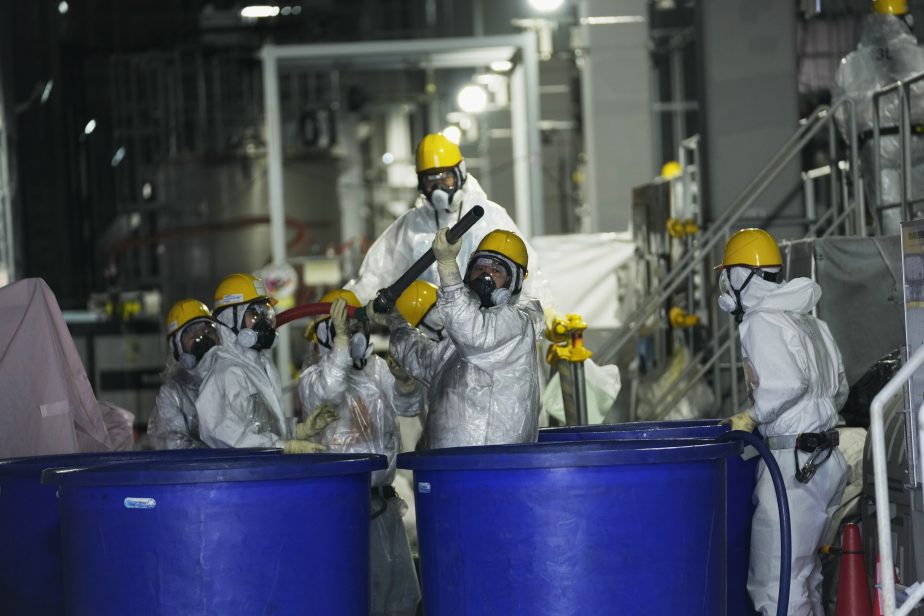Japan’s Nuclear Safety Governance after Fukushima
APLN Policy Brief 34
The following is a summary. Click on the adjacent link to download the full brief.
One of the main causes of the Fukushima nuclear accident was the failure of the nuclear regulatory system in Japan. In 2012, a new independent Nuclear Regulation Authority (NRA) was established which revised the nuclear regulatory standards based on the lessons learned from the Fukushima accident. This paper reviews both the structural reform and technical revision of Japan’s nuclear regulatory system, that is “nuclear regulatory governance.” For structural reform, the most important reform was to guarantee the “independence” of the regulatory agency. Unifying various regulatory functions and improving transparency were additional important reforms. The new regulatory standards introduced stricter accident management measures, in particular against tsunamis and earthquakes. New measures against nuclear terrorism are also now required under the new standards. And yet public trust in nuclear power has not improved greatly. Remaining policy issues include improvement of regulatory systems; lack of independent organization to evaluate the NRA; enhancement of “safety awareness” of all organizations involved; assessment of evacuation programs which is not a part of the NRA’s licensing process; political pressure from the pro-nuclear government; and lack of public confidence in nuclear safety.
About the Authors
Tadahiro Katsuta is Associate Professor of Meiji University, and a member of the Reactor Safety Examination Committee of the Nuclear Regulatory Authority.
Tatsujiro Suzuki is Director and Professor of Research Center for Nuclear Weapons Abolition, Nagasaki University (RECNA) and a former vice chairman of Japan Atomic Energy Commission (2010–14).
Image: Wikimedia Commons.




